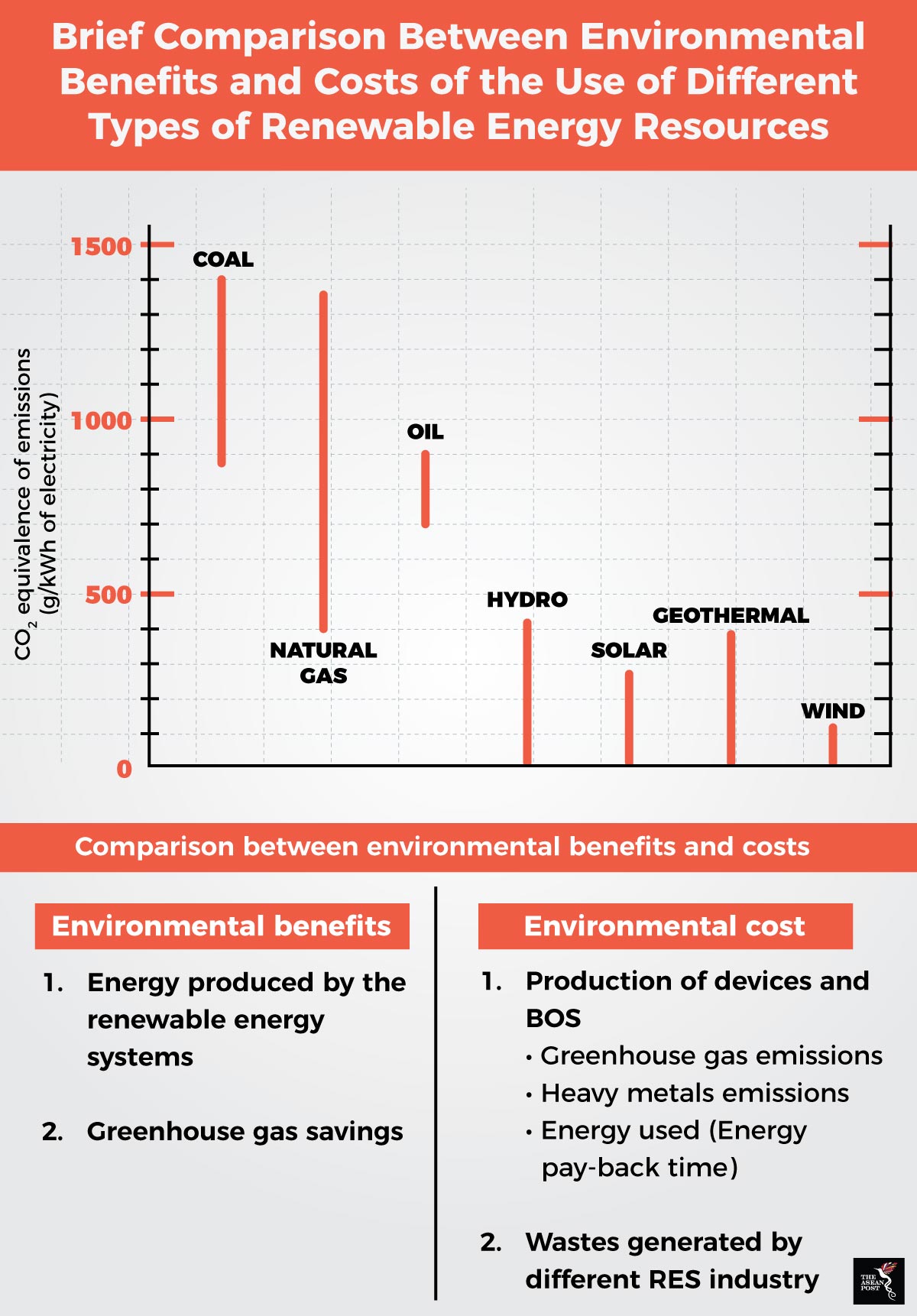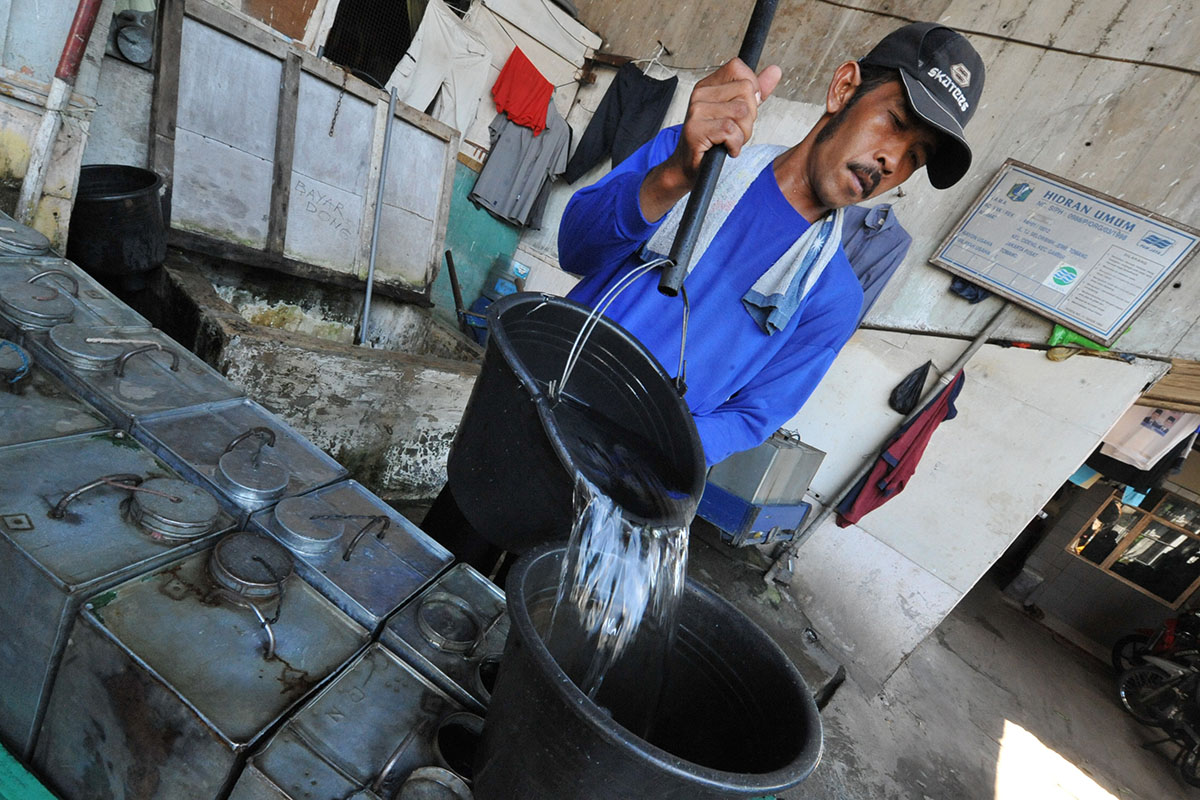The renewable energy sector in Southeast Asia has progressed in leaps and bounds. From the harnessing of biomass to the use of water in generating electricity, there is room for tremendous economic growth as well as the obvious positive of caring for an ailing environment. However, one has to ask the question; are the mechanisms put in place for the harnessing of these resources safe for the trifecta that is air, land, and water?
Irresponsible methods of harnessing renewables can be seen as a contributing factor to water scarcity in the region, a nascent issue that has and will continue to impact large segments of society in ASEAN and beyond.
A National Research Council report states that “…water is at the heart of both, the causes and effects of climate change.” The alarming rate to which global water supplies are strained has necessitated a water-smart approach to the harnessing of energy. Measured by water availability per capita, Asia - the largest driver of increased global energy demand - is also the globe’s driest continent.
According to the Asian Development Bank, a staggering 1.7 billion people in Asia lack access to basic sanitation. Not only that, 80 percent of wastewater is discharged in water bodies (lakes, rivers, and the sea), with minimal or no primary treatment. For example, only 14 percent of wastewater is treated in Indonesia, while it is at 10 percent in the Philippines and a dismal 4 percent in Vietnam.
The World Water Resources Institute (WRI), which developed the Aqueduct Water Risk Atlas, is anticipating a 1.4-fold increase in water stress/water scarcity levels in most West Malaysian states by 2020 (including the northern states of Kedah and Penang). This projected change is indicative of how widespread development projects and improper harnessing of renewables can have a detrimental effect on populations by means of affecting their water source. This conundrum is further exacerbated by climate change.

Source: 'Environmental Impacts of Renewable Energy Technologies' for the 5th International Conference of Environmental Science and Technology
Possible steps to do away with water wastage and pollution
It is interesting to note that the energy sector is the largest consumer of water in every developed country except Australia, where agriculture comes out on top. At its most basic, power plants are built to generate energy from renewables for the production of electricity. The concern is that if these plants are built near water sources, there is a risk that these water sources could be contaminated by residue and so on. Power plants should ideally be located where there is no need to rely on freshwater, but on saline, brackish, degraded, or reclaimed water instead.
Solar thermal power and geothermal energy are examples of renewables that are water-intensive. What this means is that the use of water in harnessing both these renewables is often times excessive, leading to waste. On the opposite end of the energy spectrum, solar photovoltaic and wind power require zero water for its normal operations. However, the type of renewable(s) harnessed is not the only factor in question. It is of utmost importance to choose the right types of infrastructure at the planning stage. Alternative cooling technologies for power generation, including dry or hybrid cooling, can reduce water consumption. One of the reasons why this step is not implemented by energy companies is because the costs are high and there are constraints related to efficiency losses through the use of such technologies. If it is within the capacity of governments in the ASEAN region to harness renewables that do not need water, it should be carried out.
The irrefutable fact that water sustains life should not be overlooked. Water resources are inherently linked to economic advancement and poverty reduction. The transition towards a more water-secure reality, focusing on water availability and sanitation, will open up the possibility for efficient economic growth. With more people having access to the basic human need of clean water, illnesses like Cholera and Typhoid could also be avoided, leading to a more healthy and productive ASEAN citizenry.
